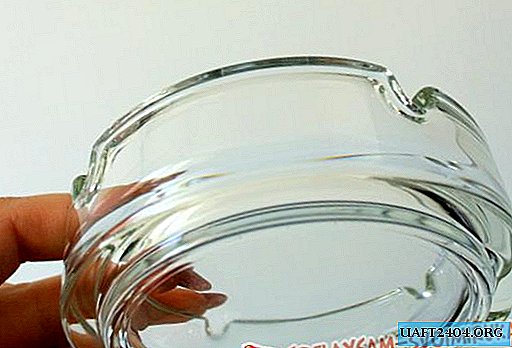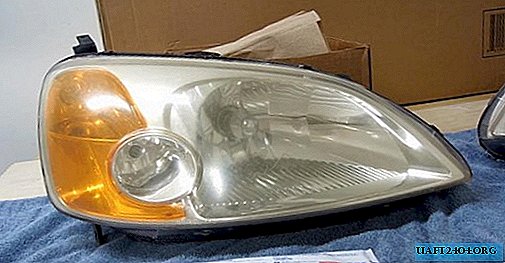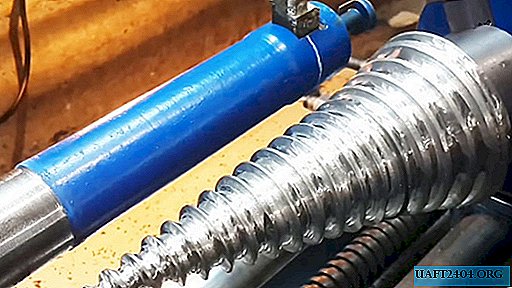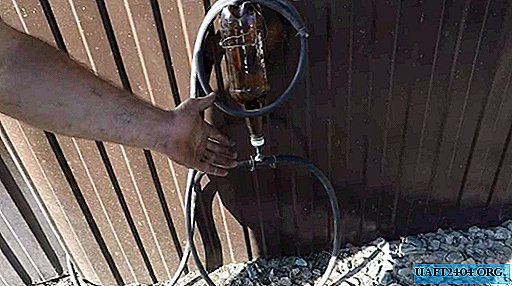Share
Pin
Tweet
Send
Share
Send
Thermoacoustics would have remained the theoretical science for laboratories and physical laboratories, if not for previous inventions in another branch of physics - thermodynamics. She received a new revival period with the invention of the Stirling heat engine. This happened back in the 19th century, and almost immediately led literally to a revolution in the technical field. Thermal energy began to be widely used in all kinds of engines. But the invention we are analyzing today relates specifically to thermoacoustics - the science of the interaction of sound and heat. You ask, where does the engine and generator? Let's sort it out in order.
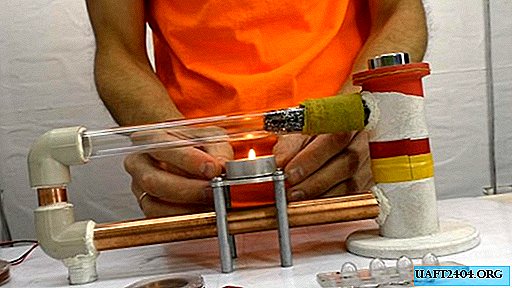
The principle of operation of a thermoacoustic engine
This improvised device is assembled literally from improvised materials, or even their remains. However, this does not prevent him from being called an engine-based generator, generating electricity from heat. This phenomenon is based on the principle of creating acoustic waves transmitted through a resonator with two membranes that create a resonance. On the top of them is a magnet vibrating from these waves with a certain frequency. This leads to the formation of a magnetic field captured by the inductor. It, in turn, is capable of producing electric current transmitted to the consumer.
The basis of this invention is the top module - thermoacoustic transducer or motor. In fact, it is a glass tube, which is divided into three zones:
- Heating zone - air or gas is heated in it;
- Regenerator zone - a substance that alternately comes into contact with cold and hot air;
- Cooling zone - in which the air temperature drops.

Materials and Tools
To create an engine generator, we need the following ingredients:
- Glass heat-resistant tube;
- Piece of metal pipe;
- Several plumbing PVC corners;
- A piece of cardboard tube;
- Rubber ball or glove for membranes;
- Insulating tape;
- A coil of metal wool or washcloths;
- Neodymium magnet;
- Inductor;
- A small section of a dishwashing napkin;
- Wooden lining for an external outlet or switch;
- Sealant, glue.
Of the tools you can advise to have what should always be at hand for a true lover to make: a knife, pliers, wire cutters, a screwdriver, an adhesive and silicone gun.
Assembling a thermoacoustic generator
The engine design is assembled on the basis of frame copper tubes and one glass. Their resonator unites - an important and unusual detail of this engine. In it, the movement of sound waves created by the regenerator takes place.
This is a simple cardboard tube, in the middle of which is a membrane that does not allow air to circulate. If this element is excluded, then there will simply not be oscillations in the upper membrane, which is located in the neck of the resonator.
The author of the video preferred to cut the tube in half, and pull on one of the parts a piece of rubber medical gloves as the lower membrane. He wrapped the seam of the connected fragments of the resonator with electrical tape.
He expanded the neck of the resonator specifically to enhance the effect of sound vibrations from the regenerator on the upper membrane. He made it from a denser rubber balloon. On the bottom of the tube, a wooden substrate is installed under the external switch or outlet for installation stability.

The glass tube-motor is a test tube in the middle of which a piece of metal wool or shavings is placed. After the regeneration zone, air cooling should take place, which is facilitated by a piece of tissue moistened in water, wrapped around the base of the tube. Due to the movement of air through two opposite temperature media, intense generation of sound waves occurs.



The final part of the engine is a small but powerful neodymium magnet. He then creates small, but very frequent vibrations transmitted from the membrane under the influence of sound.
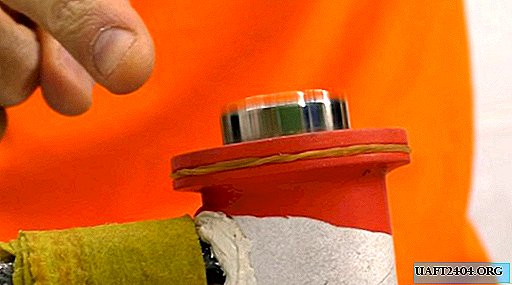

To turn this thermoacoustic engine into a generator, we need an inductor or a simple solenoid. This element can be done with your own hands by winding copper wire on a reel, for example, from fishing gear. The main condition is that its inner diameter should be larger than the diameter of the magnet.

An ordinary candle or a piece of dry alcohol can be used as a thermal energy transmitter for installing small sizes, and at the same time, you can compare the received power from different heat sources.


In the experiment, the author demonstrates the effect of the proximity of the inductor to the magnet and its distance. Since there is no storage capacity in this electrical circuit, the difference is palpable instantly.


Having fixed the coil in the magnetic field zone, it is possible to receive electric power from such a generator for supplying, for example, an LED panel or lamps.



Conclusion
Of course, such an invention today cannot be considered completely finished and complete. It requires refinement, since the author himself admits that the vibration from sound waves is quite noticeable. The engine housing is lightweight, and does not contain any stabilizer, and the design itself is flimsy. However, the fact of receiving electricity from heat cannot be denied. Perhaps your modernization of this installation will lead to a major breakthrough in the field of alternative energy, and the world will finally receive a source of cheap clean energy without harm to our planet.
Watch the video of creating and testing a thermoacoustic engine
Share
Pin
Tweet
Send
Share
Send



